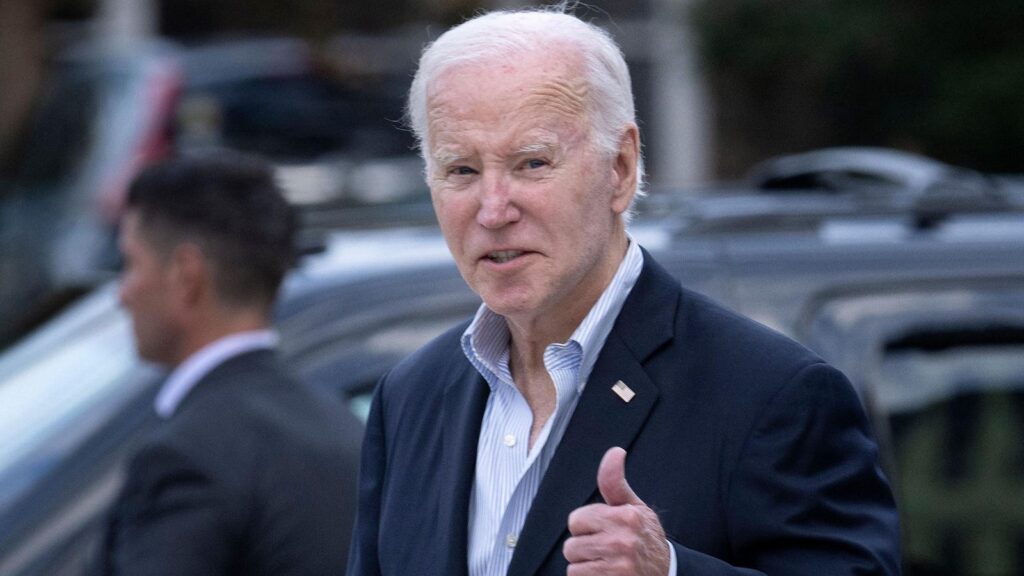A very important student loan forgiveness deadline is approaching. Borrowers who want to qualify for student debt relief or credit toward loan forgiveness may have only a few more weeks to take action.
But because of the timing of this deadline relative to full implementation of a separate student loan repayment program, coupled with ongoing loan servicing problems, there is a distinct possibility that the Biden administration could push out this key date. Here’s what borrowers should know.
Student Loan Forgiveness Deadline Approaching
Through a program called the IDR Account Adjustment, borrowers can get past loan periods counted toward the 20 or 25 years needed to for them qualify for student loan forgiveness under income-driven repayment plans. Historically, only time spent in an IDR plan can count toward loan forgiveness. But under the account adjustment, other past periods of repayment, as well as certain earlier periods of deferment and forbearance, can count, too. Already, hundreds of thousands of borrowers have received student loan forgiveness under the initiative.
These past loan periods can also potentially be credited toward loan forgiveness under the Public Service Loan Forgiveness program for periods of qualifying nonprofit or government employment.
Importantly, periods prior to loan consolidation can count toward loan forgiveness under the adjustment. This is notable because under the previous program rules, consolidation would erase a borrower’s PSLF and IDR progress and reset their repayment term. Under the IDR Account Adjustment, not only can borrowers retain their past IDR and PSLF payment counts, but they can actually maximize it, as the Education Department will credit a new Direct consolidation loan with the highest number of PSLF and IDR payments based on the histories of the underlying loans included in that consolidation.
Many Direct loan borrowers will receive student loan forgiveness credit under the IDR Account Adjustment automatically. But those with commercially held FFEL loans and other non-Direct loans, and people whose loans have varying repayment histories and who want to maximize their IDR or PSLF credit, must consolidate their loans via the federal Direct loan program by December 31, 2023 — less than nine weeks from now.
Missing Consolidation Deadline Could Have Big Student Loan Forgiveness Consequences
Borrowers with pre-existing PSLF and IDR credit who consolidate their loans after December 31, 2023 could be in for a surprise. Since the IDR Account Adjustment is a temporary initiative, the rules would revert to current regulations, rather than the temporary flexibilities provided by the adjustment.
For PSLF borrowers, that means that new regulations that went into effect as of July 1 would govern new consolidation loans once the IDR Account Adjustment deadline passes. Under these new rules, starting in 2024 borrowers who consolidate loans with existing PSLF credit would receive the weighted average of that PSLF credit on the new Direct consolidation loan. This is much better than the way things were before, whereby consolidation would erase all PSLF credit. But it’s not as generous as the account adjustment provides.
For borrowers on track for 20- or 25-year IDR loan forgiveness credit, it gets more complicated. President Biden’s new SAVE plan — a more affordable IDR option — has a similar “weighted average” feature for borrowers who consolidate their loans with different amounts of IDR credit to enroll in SAVE. But only some elements of SAVE are in effect right now; other portions of the new plan won’t go into effect until July 1, 2024. The Department has not made clear whether borrowers who consolidate their loans between December 31, 2023 and July 1, 2024 to enroll in SAVE would lose all of their pre-existing IDR credit (which was the case under previous regulations), or receive the weighted average of that credit.
Because of this confusion, it’s possible the Biden administration could extend the consolidation deadline for the IDR Account Adjustment to July 1, 2024 to avoid problems associated with Direct loan consolidation during this interim period.
Loan Servicing And Funding Problems Causing Student Loan Forgiveness Delays
Meanwhile, the federal student loan system is contending with broad problems including miscalculated payments, billing irregularities, and delayed implementation of student loan forgiveness initiatives. The Education Department is aware of these issues and officials have announced steps to remedy them such as by waiving interest, suspending billing, and giving borrowers credit toward student loan forgiveness.
These widespread problems don’t show any signs of improving, however. Given the broad array of issues borrowers are currently facing as they try to navigate a confusing web of student loan repayment and forgiveness programs, it’s possible that the Education Department could exercise its compromise and settlement authority to extend the benefits of the IDR Account Adjustment, including the consolidation deadline.
What Borrowers Should Know About Loan Forgiveness Under The Account Adjustment
For now, be aware that the December 31, 2023 deadline for Direct loan consolidation associated with the IDR Account Adjustment is in place. The Education Department has not publicly indicated that the deadline will be extended. As a result, borrowers who are pursuing student loan forgiveness under the adjustment and need to consolidate to qualify or maximize benefits should be prepared to do so before that date.
Borrowers should carefully review the Education Department’s detailed guidance on the IDR Account Adjustment, and should check back on that page regularly for further updates.
Further Student Loan Forgiveness Reading
The 5 Wildest Student Loan Repayment Errors Derailing Forgiveness Right Now
Hardship May Soon Be The Basis For A New Biden Student Loan Forgiveness Plan
Education Department Unveils Major Details On New Student Loan Forgiveness Plan
5 Student Loan Forgiveness Updates As On-Ramp Begins And Problems Worsen
Read the full article here



